The French director sends a message, in his first animated film, stating that we have the option of behaving well in dramatic situations.
Valladolid, 26 October 2024. As part of the Official Section of the 69th edition of the Valladolid International Film Festival (SEMINCI), the French director Michel Hazanavicius, winner of an Oscar for Best Film for his work The Artist (2011), has presented his first animated film, The most precious of cargoes, out of competition. ‘Everyone has the rather stupid idea that animation is mainly for children. But that’s because it’s presented that way,’ the director first said.
The film tells the story of a poor woodcutter and his wife who live in a big forest with cold, hunger and war all around. One day, the wife rescues a baby thrown from one of the many trains that constantly pass through the forest. This child, ‘the most precious of cargoes’, will transform the lives of many people.
On his first approach to animation, he expressed his interest in this type of cinema since he was a child, but confessed that he had never thought of making an animated film: ‘When I started working on this film, the positive point is that I was quite fresh, without too much knowledge, and that is what allowed us all to make mistakes, but at the same time to achieve results with which I am satisfied’.
The adaptation of Jean-Claude Grumberg‘s story has been a challenge for the director, and he wanted to highlight the reasons why he chose a certain aesthetic to translate the original text: ‘When I read the book I immediately had the feeling that it was a classic, that it was a story that had always existed. I wanted to recreate a bit of that classic, and that’s why the opening credits are accompanied by strings with sustained notes, as if it were a kind of memory that we exhume from the past and bring back to the present. And in that sense, I wanted classic animation, I wanted animation that wasn’t absolutely modern’.
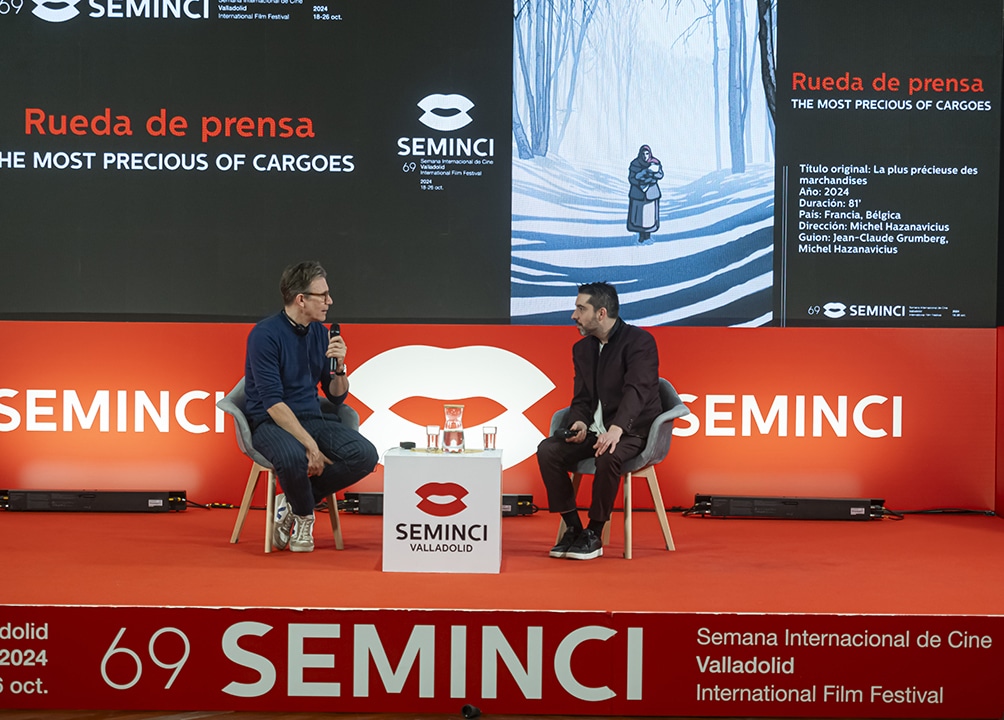
A story of hope
The tragedy of the Holocaust seeps into the fable directed by Michel Hazanavicius, who stressed that, because of its historical nature, his intention was not to portray specific people: ‘In the case of this story, of course we are based on the Holocaust, but the word Jew and the word Nazi are never pronounced, because the idea of this story was to show the best in man, but also what is worst in them, and that, in the most dramatic context possible, there is still something to be learned’.
When asked about the current European situation, he added: ‘There are many things that are not working in the world, and I think that making the choice of dignity has a powerful meaning. Maybe the film can be a request to Europe, to tell them that we have the choice at all times to behave well in dramatic situations’.
Regarding the technical work, Hazanavicius wanted to highlight the music by Alexandre Desplat and the difficult work involved in the animation of including sound elements in general, as there is no direct sound recording. After drawing up a storyboard outlining the sound content of the film, the director spoke to the composer: ‘I only gave him a couple of indications of what I thought the music should be, just a small sketch that included where the musical accent should be and the emotion that the scene should produce’.
On Selim Azzazi‘s sound design he said: ‘Everything is made for this film, all the sounds are real, but they become something else when you enter the film. The baby’s cry comes from a real cry, the noise of the leaves is recorded in the middle of nature, that’s how we have structured the film.’
Press contact:
983 42 64 60
prensa@seminci.com
www.seminci.com

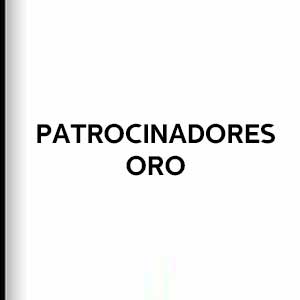
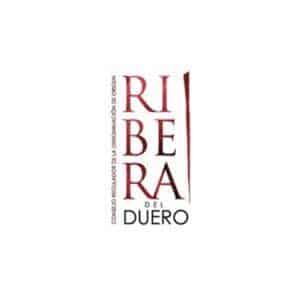


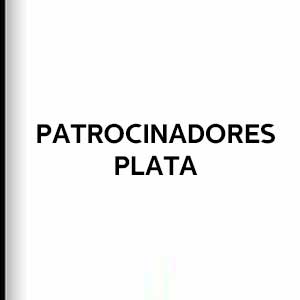



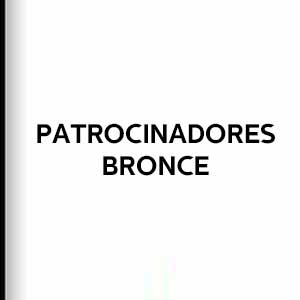









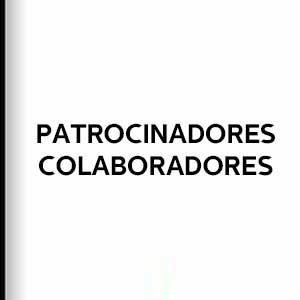


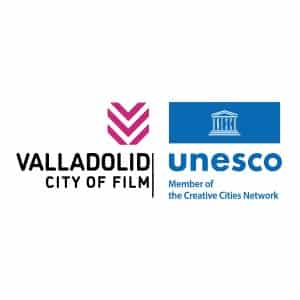
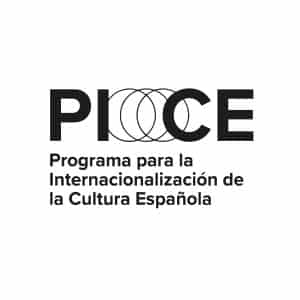


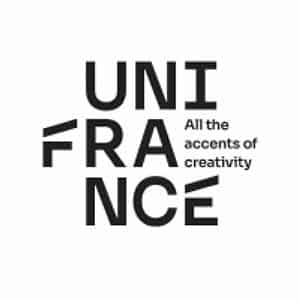
![Logo Foro Cultural de Austria Madrid[1]](https://www.seminci.com/wp-content/uploads/2024/09/Logo-Foro-Cultural-de-Austria-Madrid1-300x76.jpg)








